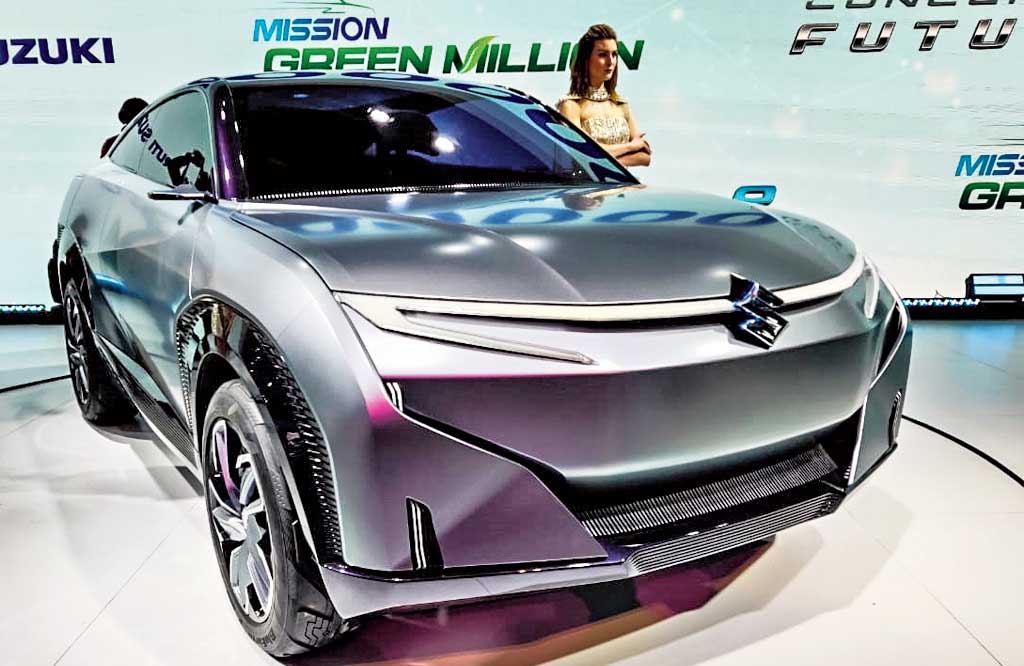The design language of electric vehicles (EVs) will be different from the prevailing designs. EVs will have a clean, minimalistic look even as accommodating the battery would be a challenge, C. V. Raman, senior executive director (engineering, product and design) of Maruti Suzuki India Ltd, told The Telegraph on the sidelines of the recently held auto expo.
“EVs will look different mainly because it will have a different powertrain than ICEs (internal combustion engines). So, the design will allow a lot of seamless, clean surfaces. What will dictate the design in EVs will be the battery size and the challenge will be how to fit it in,” said Raman.
“A 20kWh battery will weigh 200kg and will give a range of 200km, a 30kWh battery will weigh 300kg and will have a range of 300km. In ICEs, one just had to accommodate a 30-litre or a 40-litre fuel tank,” said the director.
“The vehicle weight needs to be lighter, and in EVs, 80 per cent of the vehicle weight is that of the battery. So, we need to find ways to reduce battery weight by improving the energy density of battery cells. This can be done by finding a new technology,” said Raman.
When asked what metals Suzuki is using for its battery cells, Raman said, “We are using lithium, cobalt, manganese from South Africa and South America. The Suzuki-Toshiba-Denso JV is going to manufacture battery cells for in-house requirements.”
Listing the other challenges with EVs, Raman said: “We need to educate people about EV technology. People will have to be reskilled to handle 100 volts. So long they have handled 12 volts or 48 volts in mild hybrids. Smart hybrids use 100 volts. The entire value chain has to be trained.”
With many of the original equipment manufacturers (OEM)s showcasing electric SUVs, Raman said: “The SUV segment is growing and people like the SUV design. Its high seating, visibility, road presence and squarish proportions. This is why it is very popular and with electric being the future, companies are launching their first EVs in the SUV segment. We are also experimenting. Our Maruti Futurois a result of such experiment.”
On the Futuro-e Concept, Raman said: “It is our interpretation of future design, relevant for the young, progressive customers of India. It is a new design language, a coupe style SUV with good proportions.”











